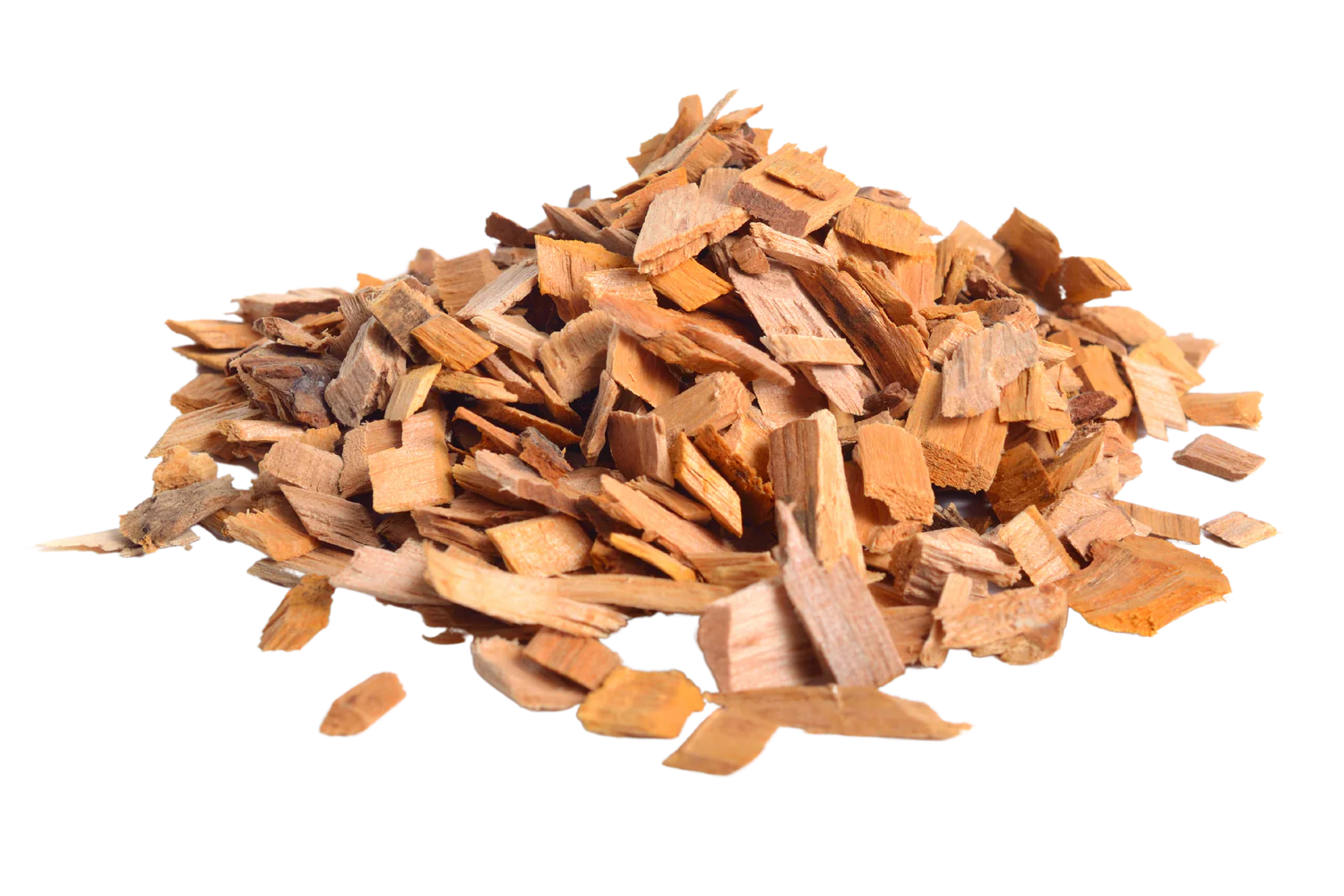Introduction to Wood Chips as Biomass Fuel
Wood Chips are becoming one of the most widely used renewable energy sources across the globe. Derived from processing trees, branches, and forestry residues, Wood Chips provide an efficient and eco-friendly alternative to fossil fuels. Biomass energy production using Wood Chips helps reduce greenhouse gas emissions while promoting sustainable resource management. With increasing energy demands and growing concerns about climate change, the role of Wood Chips in biomass fuel production is more crucial than ever.
What Are Wood Chips
Wood Chips are small pieces of wood obtained by chipping logs, branches, or waste wood. These chips can vary in size depending on their intended use. For biomass fuel, Wood Chips are usually processed into uniform sizes to ensure consistent burning efficiency. Wood Chips are renewable, abundant, and easy to transport, making them an excellent energy source for heating systems, industrial plants, and power generation.
Advantages of Using Wood Chips for Energy Production
One of the biggest benefits of Wood Chips is sustainability. Unlike coal or oil, Wood Chips are renewable and can be replenished through responsible forestry practices. Another advantage is cost-effectiveness, as Wood Chips often come from waste wood or by-products of sawmills and logging operations. Additionally, Wood Chips provide carbon-neutral energy since the carbon dioxide released during combustion equals the amount absorbed by trees during growth. Using Wood Chips as biomass fuel also supports local economies, reduces landfill waste, and ensures energy security.
How Wood Chips Are Processed for Biomass Fuel
The process of preparing Wood Chips for biomass fuel involves several steps. First, raw wood material is collected from forestry residues, sawmills, or dedicated energy crops. Next, wood chippers break down logs and branches into smaller Wood Chips. The chips are then dried to reduce moisture content, as lower moisture improves combustion efficiency. Finally, Wood Chips are stored and transported to power plants or heating facilities. Properly processed Wood Chips ensure maximum heat output and reliable energy production.
Wood Chips in Power Plants
Many biomass power plants rely on Wood Chips as their primary fuel source. In these facilities, Wood Chips are burned in boilers to produce steam, which drives turbines that generate electricity. Compared to fossil fuel plants, Wood Chip-powered plants emit fewer pollutants and offer a sustainable energy solution. Some power plants even combine Wood Chips with other biomass materials, such as agricultural residues or pellets, to improve efficiency and reduce waste.
Wood Chips for Heating Systems
Apart from electricity generation, Wood Chips are widely used for heating applications. Large commercial buildings, schools, and hospitals often use biomass boilers fueled by Wood Chips to provide central heating. In residential settings, Wood Chips are less common than wood pellets but are still used in rural areas with easy access to raw material. Heating systems that run on Wood Chips are cost-effective, efficient, and environmentally friendly, making them a preferred choice for sustainable living.
Environmental Benefits of Wood Chips
Wood Chips are considered one of the cleanest biomass fuels because they significantly reduce dependence on fossil fuels. By using Wood Chips, carbon emissions are minimized, and the carbon cycle remains balanced. Unlike coal and oil, Wood Chips produce very little sulfur dioxide, which helps prevent acid rain. Additionally, the use of Wood Chips promotes sustainable forestry by encouraging the use of low-quality timber and waste wood that would otherwise go unused.
Economic Value of Wood Chips
The economic value of Wood Chips lies in their affordability and accessibility. Since Wood Chips are often by-products of forestry operations, they are cheaper than fossil fuels. They also generate local employment opportunities in harvesting, processing, and transportation. Many countries are investing in biomass projects powered by Wood Chips to reduce reliance on imported fuels and to strengthen energy independence.
Challenges in Using Wood Chips for Biomass Fuel
Despite their many benefits, using Wood Chips for biomass fuel comes with challenges. One issue is the inconsistency in chip size and moisture content, which can affect combustion efficiency. Another challenge is storage, as Wood Chips can degrade or develop mold if not properly maintained. Transportation costs may also be high if Wood Chips are sourced from distant locations. However, with modern technology and efficient supply chains, these challenges can be overcome.
Future of Wood Chips in Energy Production
The future of Wood Chips as biomass fuel looks promising. With governments around the world focusing on renewable energy, demand for Wood Chips is expected to rise. Advanced technologies such as gasification and combined heat and power (CHP) systems are making Wood Chips even more efficient in energy production. As sustainability becomes a global priority, Wood Chips will continue to play a vital role in the renewable energy sector.
Conclusion
Wood Chips are a versatile, renewable, and eco-friendly biomass fuel source. From heating systems to large-scale power plants, Wood Chips offer a sustainable alternative to fossil fuels. Their environmental benefits, economic value, and role in reducing carbon emissions make them an essential part of future energy solutions. By investing in Wood Chips for biomass energy production, societies can move closer to achieving cleaner, greener, and more sustainable energy systems.



